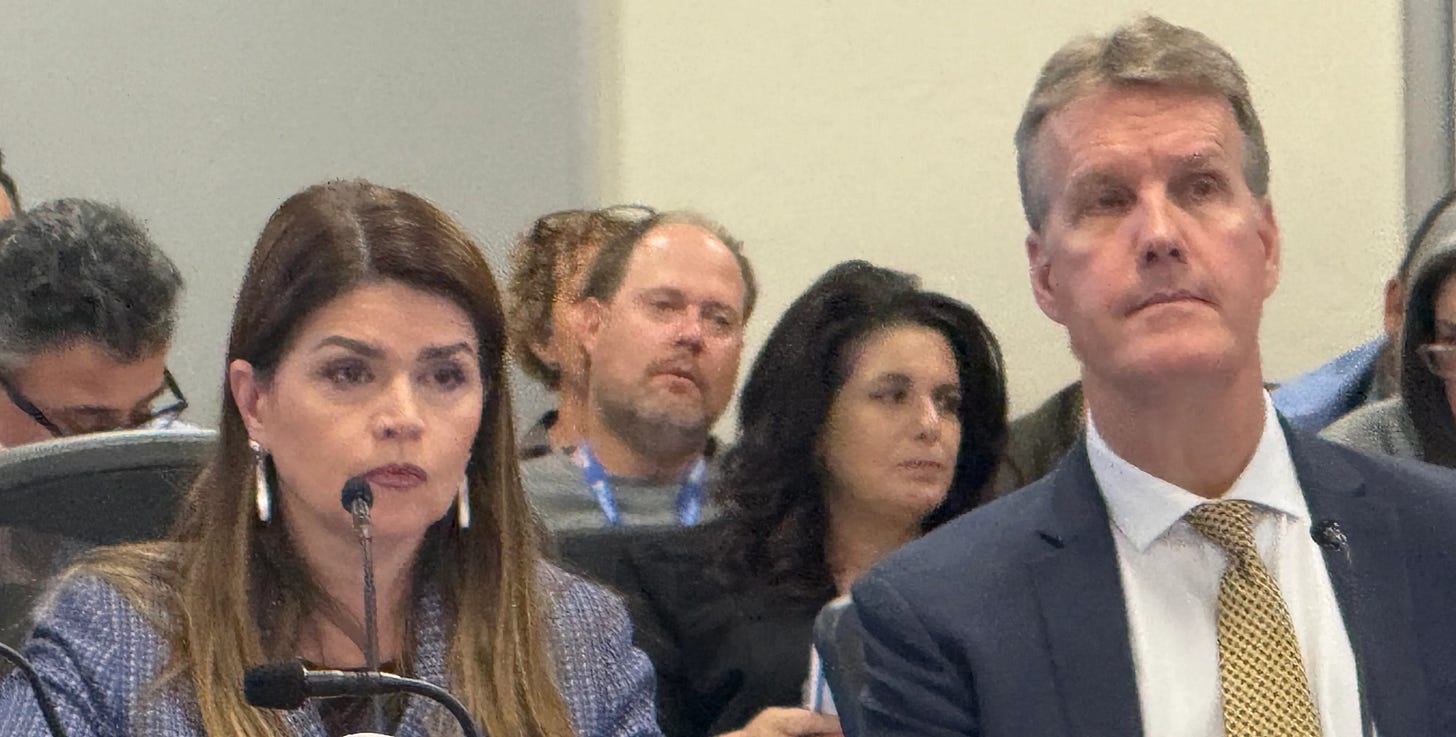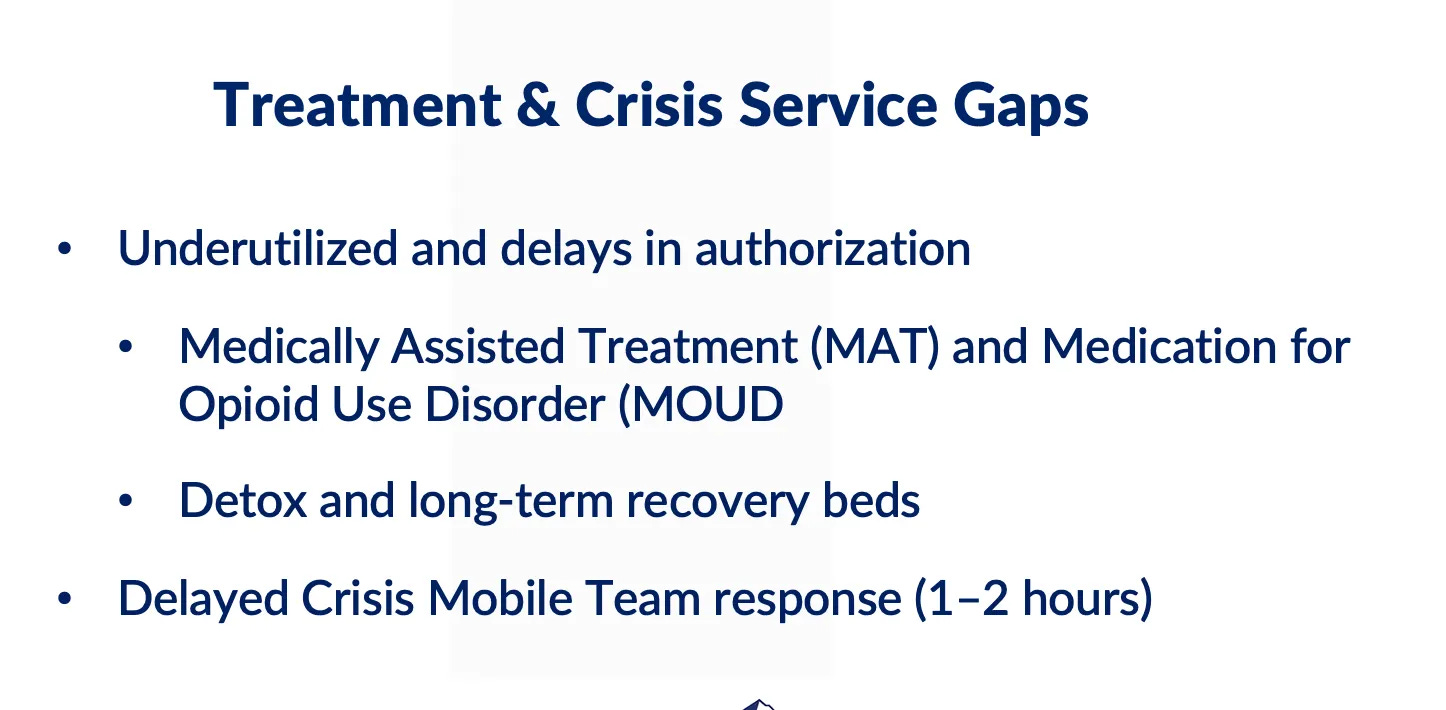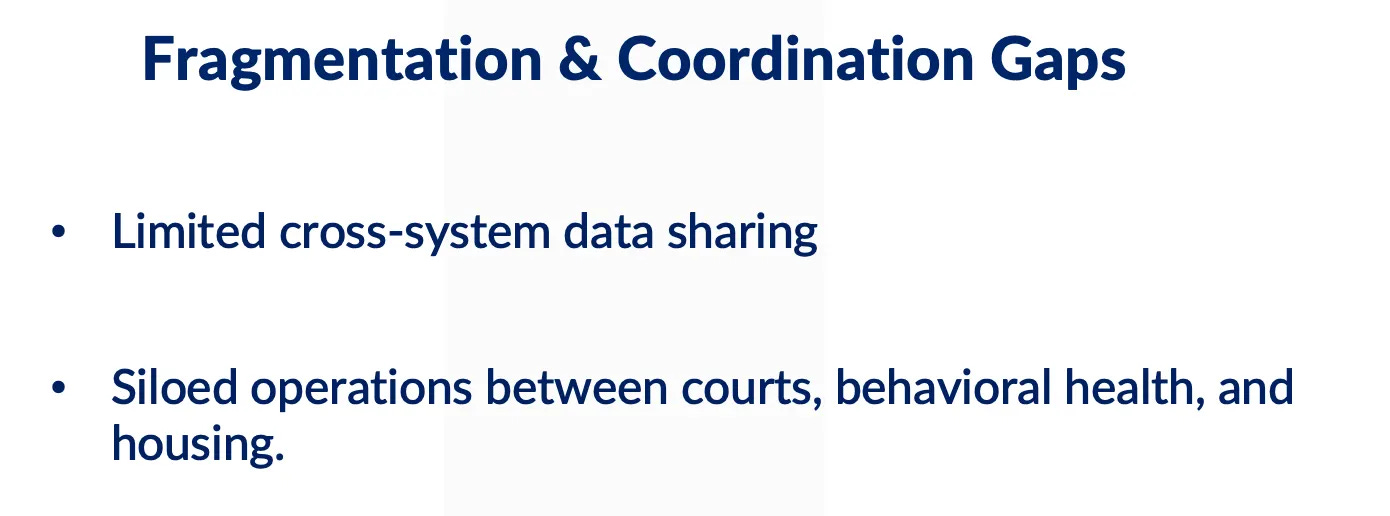It’s not a simple fix
Even if the political beefs are over, there are some jurisdictional hurdles ahead
“Every once in a while, declare peace. It confuses the hell out of your enemies,” Ferengi Rules of Acquisition, Rule #76
At the end of the two-hour joint meeting between the Tucson City Council and Pima County Board of Supervisors, Councilman Paul Cunningham announced there was officially peace again in the Old Pueblo.
The back-and-forth bickering between some elected Democrats on the two governing bodies is over, the Eastside Democrat announced — he even offered a tour of his office to everyone in the room.
“My discontent for the county and city relationship is over. My door is open and I want to hang out with you guys as much as possible,” Cunningham said.
The meeting largely stayed focused on shared strategies to address the ongoing fentanyl crisis and the growing number of unhoused people living on the streets — and, to some extent, the Safe City Initiative that Tucson Mayor Regina Romero announced several weeks ago.

On Tuesday morning, the supervisors passed a similar initiative known as One Pima, which mirrors many of the city’s goals. One Pima ties together existing, funded county programs aimed at reducing public drug use and connecting unhoused residents to services.
Neither the meeting nor the two initiatives will deliver quick fixes. Instead, both governments have identified a series of changes needed to improve existing services — though several would require new funding.
Take, for example, the County’s Transition Center adjacent to the jail.
The center works with people arrested for non-violent, low-level misdemeanors who are released with a court date — and that’s where the county’s justice service navigators step in. Their job is to talk with people early in the process, figure out what might trip them up as they move through the system and connect them with the basics: housing, food, medical care, substance-use treatment and transportation.
Elected officials want to expand the center’s hours and are considering tapping $300,000 from the opioid settlement fund to keep the doors open seven days a week for the rest of the fiscal year.
But long-term funding for the expanded hours remains a question mark.
Involuntary holds for substance abuse
The city and county politicians also agreed that they want more power for medical facilities to involuntarily hold people who are addicted to drugs for long enough that they may consider getting appropriate treatment.
The county backed a bill earlier this year that aimed to expand state law on “involuntary holds” at medical facilities, including the county’s Crisis Response Center. It failed, but versions of this law exist in other states.
Right now, the Crisis Response Center can hold people for up to 24 hours of stabilization if staff believe they’re a danger to themselves or others, but the CRC can’t hold someone longer unless it’s tied to a mental health crisis.
The county wants to expand the law to allow involuntary holds for people struggling with substance abuse as well.
County officials argue that a longer hold — under medical supervision — could help more people begin substance abuse treatment using proven methods like medication-assisted therapy.
It’s hard to say whether a revived version of that bill will gain traction at the state Capitol next year — it’s still going to be the same legislators hearing it.
Combing justice courts
One of the more tangible solutions that the joint city-county group discussed was Cunningham’s idea to streamline the local court systems — not quite merging them, but creating a relationship between the two.
He wants to streamline the local courts and untangle bureaucratic red tape.
The twin county and city justice courts have operated independently from each other for decades, but that doesn’t mean there has been a disconnect at some level with attorneys, law enforcement (think jurisdictional boundaries) and most importantly, defendants.
The idea of co-locating the city court inside the county’s consolidated justice court building down the block has been a topic of discussion for more than a decade, although the costs to move the city court have been prohibitive for the last few years.
But Cunningham’s suggestion scratches at a larger debate that has been in play for even longer than moving into a new building.
Rather than shacking up, why don’t the two systems get hitched together — eliminating redundant resources and making one lean county-wide system?
This would lead to a question about priorities.
Still, a streamlined system could lead to a number of specialty courts available to every resident in Pima County, rather than courts siloed either in the county or the city.
The city and county plan on having these joint meetings every three months, so we’re hoping they can invite some judges to weigh in during the next meeting.
What’s next?
While it is an unsexy answer, the city and county officials are gearing up for more meetings to identify solutions to known issues.
Regular staff meetings will take one bite of the apple at a time.
It will take a long time to see tangible solutions.
For the moment, maybe declaring peace was the best step forward to addressing these serious problems.




“The bigger the smile, the sharper the knife.” Ferengi Rules of Acquisition, #48
The involuntary treatment bill that the county supported, SB 1257, stalled in committee last legsilative session because there was so much other less productive “legislation” careening toward the governor’s desk to promote the freedom caucus narrative that she vetoes everything. Hopefully that bill gets another chance this year because I believe it will pass this time around.